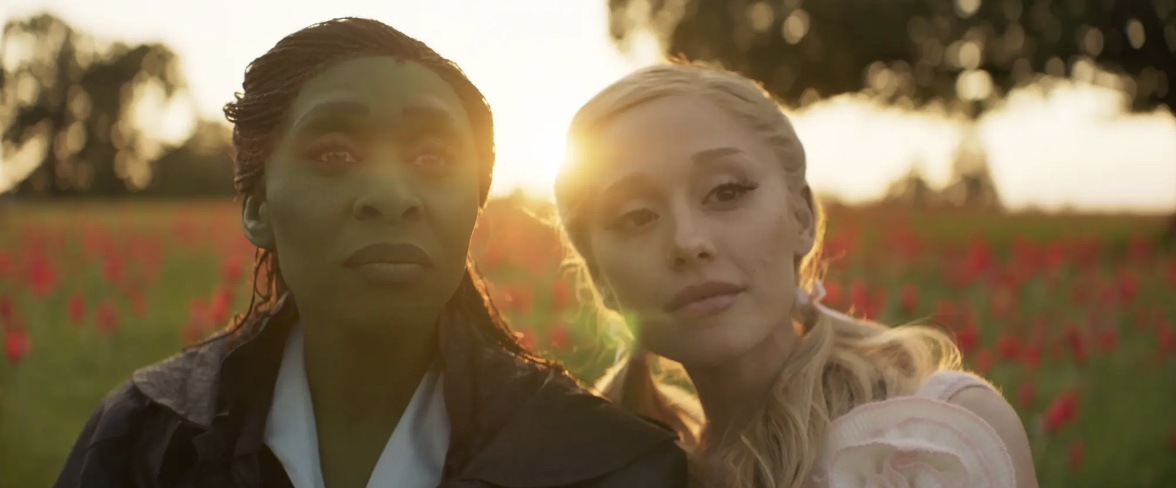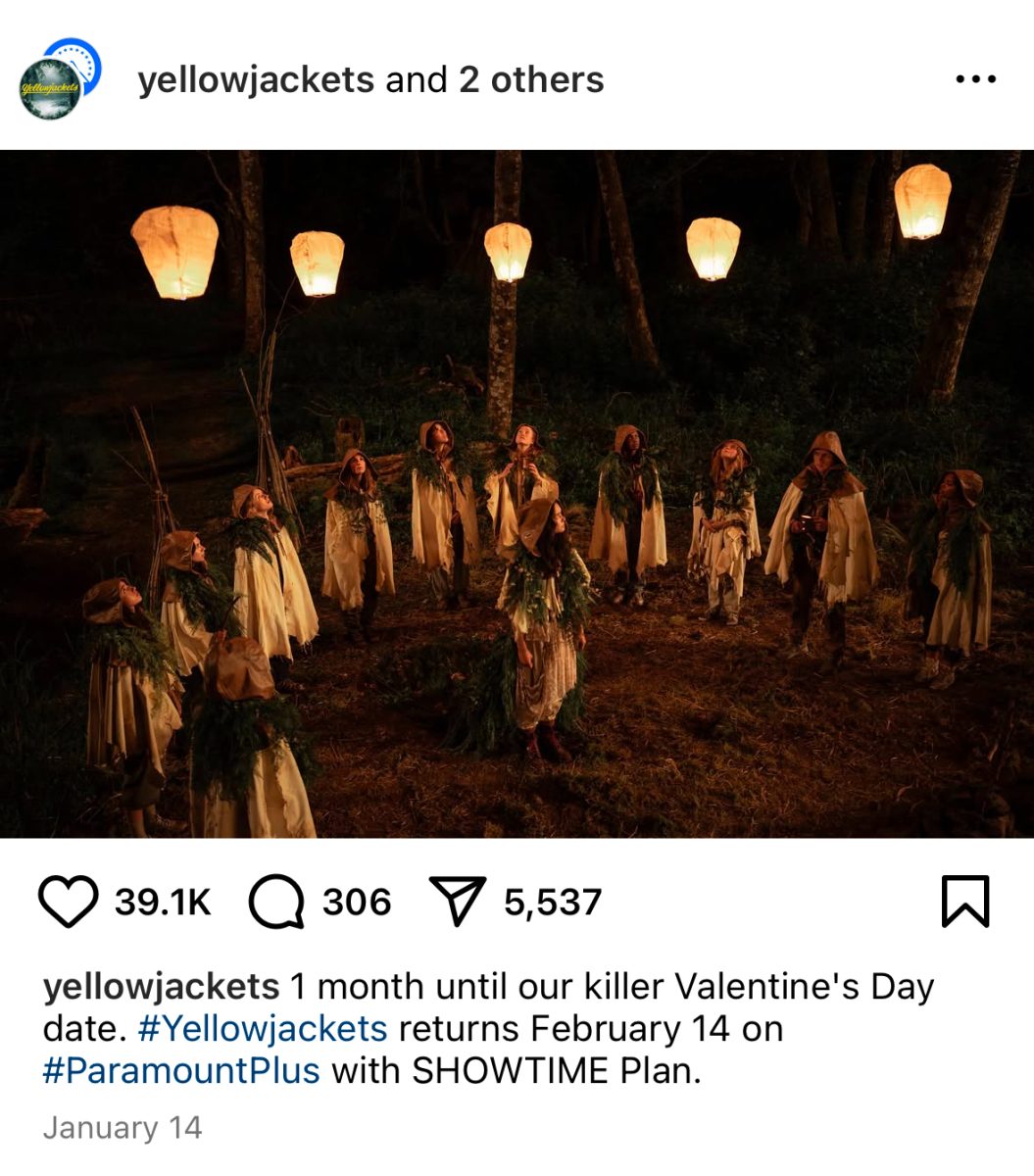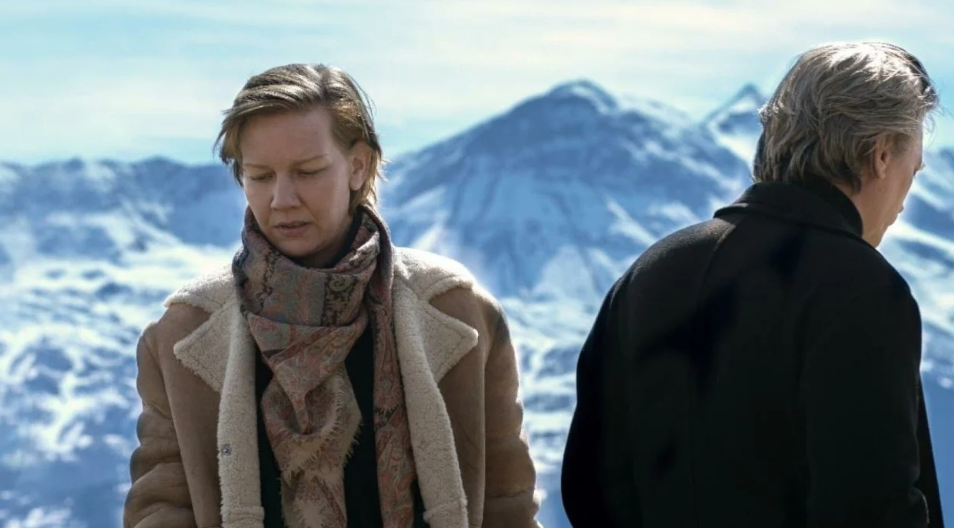In the cover of night, the quiet chirping of crickets and a slight breeze whispering through fields of grain fill the air. Suddenly, in the midst of the tranquility, a deafening gunshot is fired. Charles Whitehorn, a tribal member of the Osage Nation who was managing his oil fields, is shot and falls into a dark pit of oil. As vivid shots of thick oil enveloping the body fill the screen, the hairs on the back of one’s neck stand up as if on command: how did this happen?
Martin Scorsese’s latest film, “Killers of the Flower Moon,” adapted from American journalist David Grann’s 2017 best selling book, “Killers of the Flower Moon: The Osage Murders and the Birth of the FBI,” tells the unsettling story of Osage tribe members, newly wealthy from the discovery of oil on their otherwise bare reservation lands in northeast Oklahoma. Unfolding in the 1920s, the Osage members quickly became the richest people in America per capita, living in beautiful homes, owning expensive cars, and employing white servants.
But with wealth comes trouble. In the almost three and a half hour film, the audience witnesses the frightening and violent manipulation, murder, and robbery of at least 150 Osage members by deceitful white Americans, known as the Reign of Terror. Charles Whitehorn, one of the richer Osage members, was one of the victims.
The movie clearly explains the strategies and motives for this Reign of Terror: white men would move to the Osage Nation, marry Osage women, and murder them in order to inherit their estate and oil money.
The film focuses on Ernest Burkhart, played fiercely by Leonardo DiCaprio, a World War I veteran who unassumingly moves to the Osage Nation at his uncle’s request. His uncle, William Hale, played frighteningly by Robert De Niro, has been settled in the Osage Nation for decades. The Osage love William largely because of his monumental role in modernizing their society: he builds roads, towns, cars, and houses on their reservation.
When Ernest arrives in Oklahoma, he is blind to his uncle’s personal agenda and abides by his requests. William’s main request is for Ernest to marry into an Osage family and slowly manipulate his way into the very large inheritance. Throughout the movie, time and time again the same cycle occurs: William, the mastermind, slowly manipulates Ernest; Ernest ignorantly abides by his uncle’s wishes; and another tragedy strikes the Osage’s community and wealth.
While the film humanizes Ernest, and it is clear he actually does love his wife, Mollie Burkhart, he is nowhere near innocent. While he was manipulated by his uncle, he is nevertheless accountable for how far his actions go as well as his unbelievable level of ignorance.
Thus, Scorsese uses this film to provoke self-reflection on who influences our actions, and how we can live freely and morally. And that is what makes “Killers of the Flower Moon” so special. It is not so much the cinematography or the plot, but rather the message that compelled Scorsese to tell this story. As The Guardian’s chief film critic Wendy Ide puts it, “There’s a perennial fascination in all the films of Martin Scorsese with the notion of power — the structures, the layers, the flow.”
While many directors tend to focus on the protagonist and antagonist’s power struggles, Scorsese is an exception. He focuses on its nuances. Rather than focusing on William, given he is the story’s main antagonist, he zooms in on the naive Ernest, a nephew used like a puppet, as William, the puppetmaster, secretly pulling the strings. Scorsese wants the audience to reflect on what freedoms Ernest had and which he lacked.
Scorsese also reveals the faults in a capitalist system: he promoted his film in the trailer as a “true American story” and clearly aimed to expose white greed and betrayal. On CBS Morning, Scorsese explained that he was fascinated by this story because “it was not so much a whodunit, as who didn’t do it…so many people were in on it.”
His film is a true story — it is history — and he wants his viewers to learn from it. He sends a message, and a warning, of what can happen when humans resort to greed, and how capitalism can exacerbate it. That makes this story, 100 years later, more prevalent than ever as we still grapple with securing American ideals of equality — including economic equity — without surrendering the unrestrained and free system of capitalism.
In the end, it is Scorsese’s ability to show, and not merely tell these themes, that sets his Oscar frontrunner apart. There’s a scene in “Killers of the Flower Moon” in which Mollie and her two sisters learn of the murder of their oldest sister. All of a sudden, a raw wail from Mollie, ear piercing to the audience, tears through the screen. Then, one of Mollie’s sisters collapses in terror, and the last sister violently sobs. As the audience sees every tear of tragedy and hears every cry for help, they cannot help but weep with them. As New York Times chief film critic Manohla Dargis puts it, “It’s a rightly apocalyptic image for this cruel and baroque American story of love, murder, greed and unspeakable betrayal.”
But most of all, “Killers of the Flower Moon” frightens the audience because it serves as a warning: anyone of us, if filled with enough greed and anger, can so easily become that. It is what makes this story so important to tell.


![“Killers of the Flower Moon” has incredible cinematography thanks to its vivid settings, unique camera angles, and special lenses. Head Cinematographer Rodrigo Prieto explained in a Vogue article that they “shot [the movie] with a Phantom camera which [they] set to high frame rates — 700 frames per second. That’s why you get that slow feeling of euphoria and that exaggerated sense of excitement” in many of the scenes.](https://thebishopstower.com/wp-content/uploads/2023/11/Screen-Shot-2023-11-16-at-4.30.09-PM-1200x673.png)






